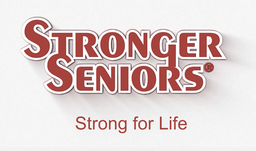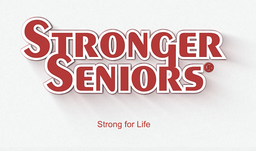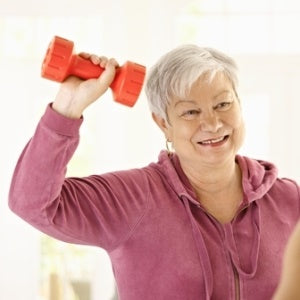- Rehabilitation from injuries such as a broken hip
- Osteoarthritis
- Pain syndromes
- Vertigo
- Parkinson's disease is a neurological disorder.
- Alzheimer's disease is a neurological disorder.
- Stroke
- Diabetes-Related Incontinence
- Multiple sclerosis (MS)
- Cerebral palsy
- COPD (chronic obstructive pulmonary disease)
- Reduces the likelihood of a fall
-Teaches fall prevention practices
- Reduces the possibility of harm
-Pain relief from chronic conditions
-Pain and discomfort caused by illnesses such as arthritis or osteoporosis may be alleviated.
-It lessens the need for drugs.
- Physical therapy may help patients become less reliant on prescription medicines by managing chronic pain.
- Encourages independence
Physical therapy for the elderly is typically a combination of methods such as:
Massage treatment
The therapist's hands are used to relax the patient, relieve discomfort, and increase flexibility. Massage for relaxation, circulation improvement, and pain alleviation may be included.
- Mobilization, which aids in the loosening of stiff joints and enhances flexibility
- Manipulation is a technique that uses quick, strong movements to reduce pain and realign joints and bones.
- It is used to treat pain, edema, and inflammation.
- Ice packs are utilized for 15- to 20-minute sessions, as well as ice massage and RICE (Rest, Ice, Compression, Elevation).
- Relaxes muscles and improves circulation.
- It aids in the loosening of stiff joints.
Also helps to loosen muscles before workout.
Hydrotherapy
- Water is used to aid in the healing of soft tissues, enhance blood flow, and promote relaxation.
Stimulation with electricity
- Electrical currents are employed in the body to provide a specific effect, such as decreasing pain or contracting muscles in stroke patients.
Ultrasound
- Before and after exercise, sound waves are used to minimize muscle spasms and relax the muscles
The following are examples of common methods of physical therapy for seniors:
- Physical therapy for the elderly
-Focuses on the issues of aging adults
-Used to treat arthritis, osteoporosis, cancer, joint replacement, and balance issues.
-Programs can help recover mobility, improve fitness, and alleviate discomfort.
- Physical treatment for orthopedics
-To treat musculoskeletal injuries or aid in the recovery from orthopedic surgery
-Muscles, bones, joints, tendons, and ligaments are all restored to function.
- Physical treatment for the heart and lungs
-Patients who have suffered a heart attack or another cardiovascular or pulmonary illness such as Chronic Obstructive Pulmonary Disease (COPD) or pulmonary fibrosis are given medication.
-Can aid in the development of endurance and functional independence
- Physical treatment for the nervous system
-Used for neurological disorders such as Alzheimer's disease, ALS, Parkinson's disease, or individuals with brain injury that focus on the brain and the body.
-Teaches patients how to adapt to eyesight, movement, balance, and muscular loss in order to do everyday activities more readily.



